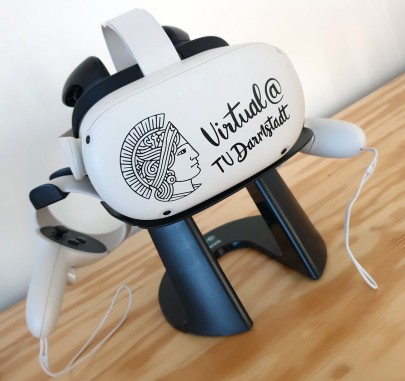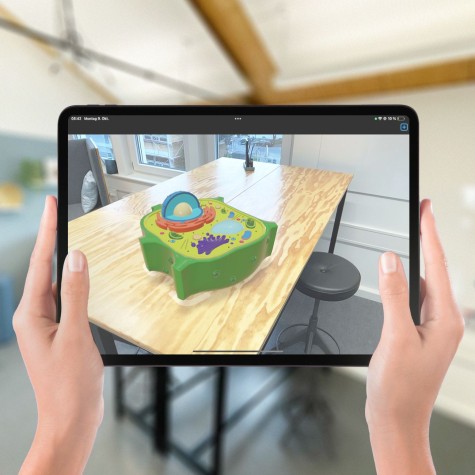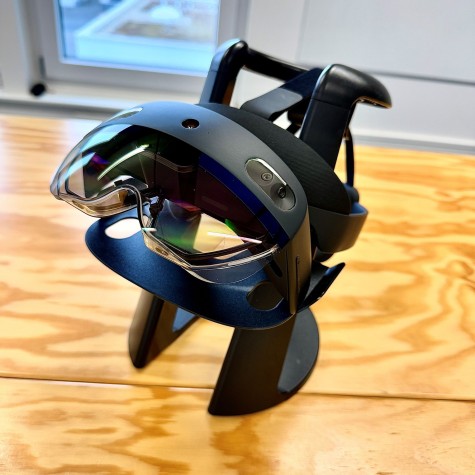Virtual Reality (VR) offers extensive potential in university teaching, particularly in the field of collaborative learning. Through immersive learning environments, students can experience their learning space interactively, making content more vivid and easier to understand. VR also enables location-independent collaboration, allowing learners from various geographical regions to work together on projects and engage in (academic) discussions within virtual spaces.
Simulations in virtual environments open up new didactic possibilities across a wide range of disciplines — for example, through realistic reproductions of experimental laboratory settings, simulations of operational or environmental scenarios, historical reconstructions of ancient cities or eras, diverse social interaction situations, and more. Moreover, interaction in VR enhances social presence and student engagement, which can have a positive effect on motivation and learning outcomes. To fully harness these diverse opportunities, the integration of VR into teaching requires careful didactic planning, an introduction to the technology, and the provision of appropriate technical resources.
Examples for Virtual Reality Learning Environments
Within the fuels project, VR represents a wide range of learning contexts – from collaborative work formats and problem-based learning approaches with playful elements to immersive learning space experiences. In addition, the technology enables the execution of virtual experiments, supporting practical and interactive knowledge transfer.
Qualification and Support Offers
We support you in the didactic design and technical implementation of teaching-learning scenarios in Virtual Reality (VR). Feel free to contact us: e-learning@tu-…
Our offer includes:
- Support in the concretization of your own objectives (in the context of the learning content to be conveyed) through the use of VR
- Support in your didactic considerations regarding target group, learning content, and methodology (explorative, gamified, collaborative, problem-oriented)
- Onboarding and didactic consultation for the use of the virtual environment
- Support in the estimation of effort
- Presentation of the technical process and procedures for the digitization of real objects or the integration of already existing 3D objects, as well as the expansion through interaction options
- Support in the selection of the virtual environment or technical consultation in building your own VR environment
Step by Step to the Virtual Reality (VR) Learning Scenario
The infographic “Road to Virtual Reality” provides an insight into the individual implementation steps in the conception and design of VR teaching and learning scenarios. It is intended to help gain a systematic impression of the path teachers take when they decide to design a teaching and learning scenario using VR.
Various aspects are essential for the successful development and implementation of a scenario. These include:
- the didactically grounded utilisation of VR’s potential with regard to fostering active participation and simulating realistic, immersive, and interactive learning situations,
- the well-founded didactic planning of the teaching and learning scenario,
- the technical analysis and selection of appropriate VR environments or the development of custom virtual spaces,
- targeted onboarding to prepare learners in using the required hardware and specific application, as well as
- the testing of the developed scenario.
This infographic serves as a structured guide to help clarify the complex process of developing VR-supported teaching and learning scenarios, while highlighting the key success factors for sound didactic and technical implementation.









